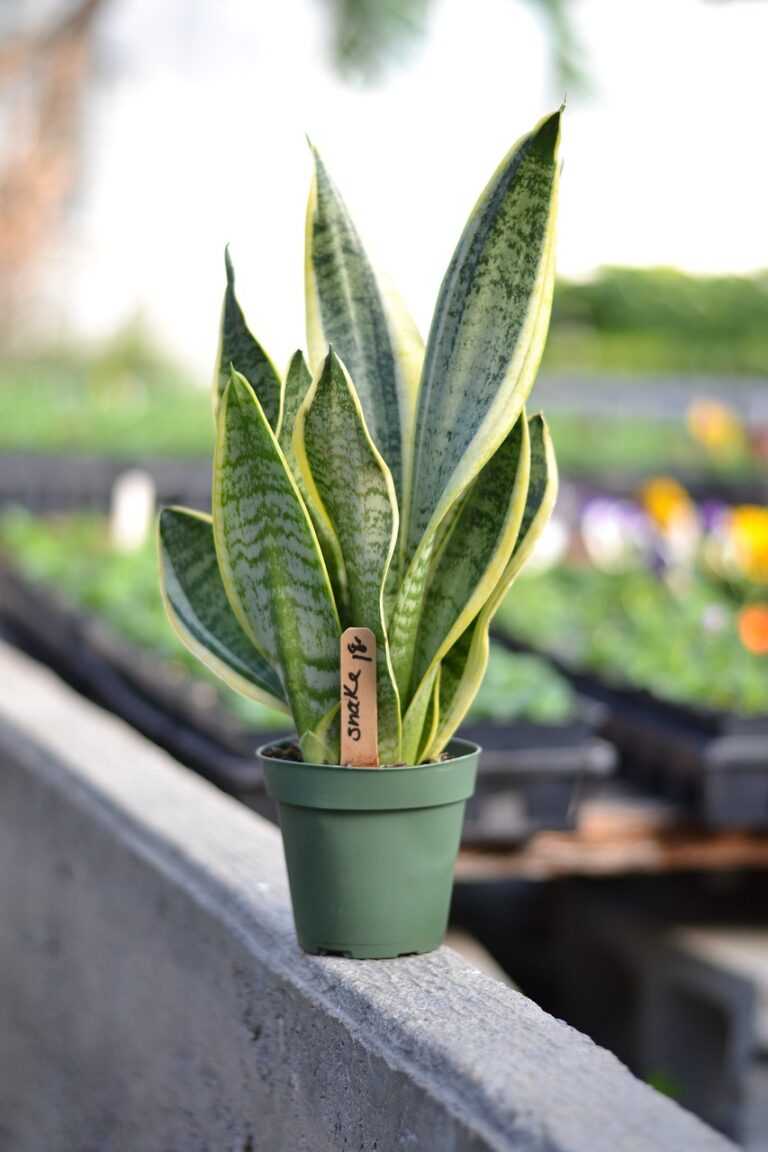All About Cylindrical Snake Plants: Care, Varieties, and More
Explore cylindrical snake plants, their care requirements, popular varieties, and expert tips for maintaining healthy, vibrant plants.
Cylindrical snake plants (Sansevieria cylindrica) are houseplants with cylindrical leaves. They’re tough and pretty. In this post, we’ll cover everything you need to know about cylindrical snake plants: care, benefits, common problems, and solutions.

Cylindrical Snake Plant Varieties
Cylindrical snake plants come in many forms. The most common is Sansevieria cylindrica. Sansevieria Patula and Sansevieria Boncel have shorter, chunkier leaves. These varieties offer different looks so they’re a versatile choice for indoor decor.
Cylindrical Snake Plant Flower
Cylindrical snake plants are grown for their leaves but they can flower if conditions are right. The flowers are small, white or greenish-white and grow on a tall spike. Flowering is rare and usually happens when the plant is stressed or in less than ideal conditions.
Cylindrical Snake Plant Care
Easy to care for, these are good for beginners and experienced gardeners alike. Here’s how:
Light
Cylindrical snake plants like bright indirect light but can tolerate low light. For best growth put them in a spot where they can get plenty of indirect sunlight.
Watering
Watering frequency is key. These plants are drought tolerant and like to dry out completely between waterings. Water them thoroughly every 2-4 weeks depending on season and humidity.
Soil
Use a well draining soil like a cactus or succulent mix to prevent root rot. The soil should be porous and aerated.
Temperature and Humidity
Cylindrical snake plants like 60-75°F (15-24°C) and can tolerate dry air. Don’t put them in temperatures below 50°F (10°C).
Cylindrical Snake Plant Brown Tips
Cylindrical snake plant brown tips are common. Underwatering, overwatering, or low humidity can cause this. To prevent this, make sure you’re following good watering practices and don’t put the plant in drafty areas. If the tips do turn brown, trim them off with clean, sharp scissors to tidy up the plant.
Cylindrical Snake Plant Benefits
Cylindrical snake plants have many benefits. They purify the air. They remove toxins like formaldehyde, benzene, and xylene from the air making them great for improving indoor air quality. They’re low maintenance and add a touch of class to any room.
Braided Cylindrical Snake Plant
A popular variation is the braided cylindrical snake plant where the leaves are braided together. This adds to the plant’s looks and an architectural element to your decor. Braiding is done when the plant is young and flexible.
How to Propagate Cylindrical Snake Plant
Propagating cylindrical snake plants is easy and can be done by division or leaf cuttings.
Division
To propagate by division, remove the plant from the pot and separate the rhizomes. Each section should have at least one healthy leaf and some roots. Replant the divisions in well draining soil.
Leaf Cuttings
For leaf cuttings, cut a healthy leaf into sections, each 2-3 inches long. Let the cuttings dry for a day or two to callous over then plant them in well draining soil, burying the cut end. Keep the soil lightly moist until new growth appears.
How Tall Do Cylindrical Snake Plants Get?
Cylindrical snake plants can grow quite tall, some varieties up to 3-4 feet (90-120 cm). Their vertical growth makes them great for adding height to indoor plant arrangements.
How to Repot a Cylindrical Snake Plant
Repotting is key to keeping them healthy. Repot every 2-3 years or when the plant becomes rootbound. Use a pot 1-2 inches larger in diameter than the current one and fresh well draining soil.
How to Repot a Rootbound Cylindrical Snake Plant
To repot a rootbound cylindrical snake plant, loosen the roots and trim any that are long or damaged. Put the plant in the new pot, add soil and water well. Make sure the pot has drainage holes to prevent waterlogging.
How to Shape a Cylindrical Snake Plant
To shape a cylindrical snake plant, you can prune the leaves to the desired height or remove damaged leaves. For braided plants, just weave in new growth to the existing braid.
Will Cylindrical Snake Plant Piece Root in Water?
Yes, a cylindrical snake plant piece will root in water. Put a leaf cutting in a container with water, only the bottom part should be submerged. Change the water weekly to keep it fresh. Once roots develop usually within a few weeks, move the cutting to soil.
Is the Cylindrical Snake Plant Poisonous?
Yes, cylindrical snake plants are mildly toxic to pets and humans if ingested. They can cause nausea, vomiting, and diarrhea. Keep them out of reach of children and pets.
What Does Cylindrical Snake Plant Mean?
Cylindrical snake plants have resilience and strength because of their hardiness and ability to thrive in tough conditions. They also mean cleanliness and air purification which is why they are used in Feng Shui to create a healthy environment.
For more info on caring for cylindrical snake plants check out How to Grow and Care for the African Spear Plant. If you have any issues check out Common Snake Plant Problems & Solutions. To see more varieties visit Types of Snake Plants.
By understanding these aspects of cylindrical snake plant care, you can enjoy the beauty and benefits of these unique and resilient plants in your home.






